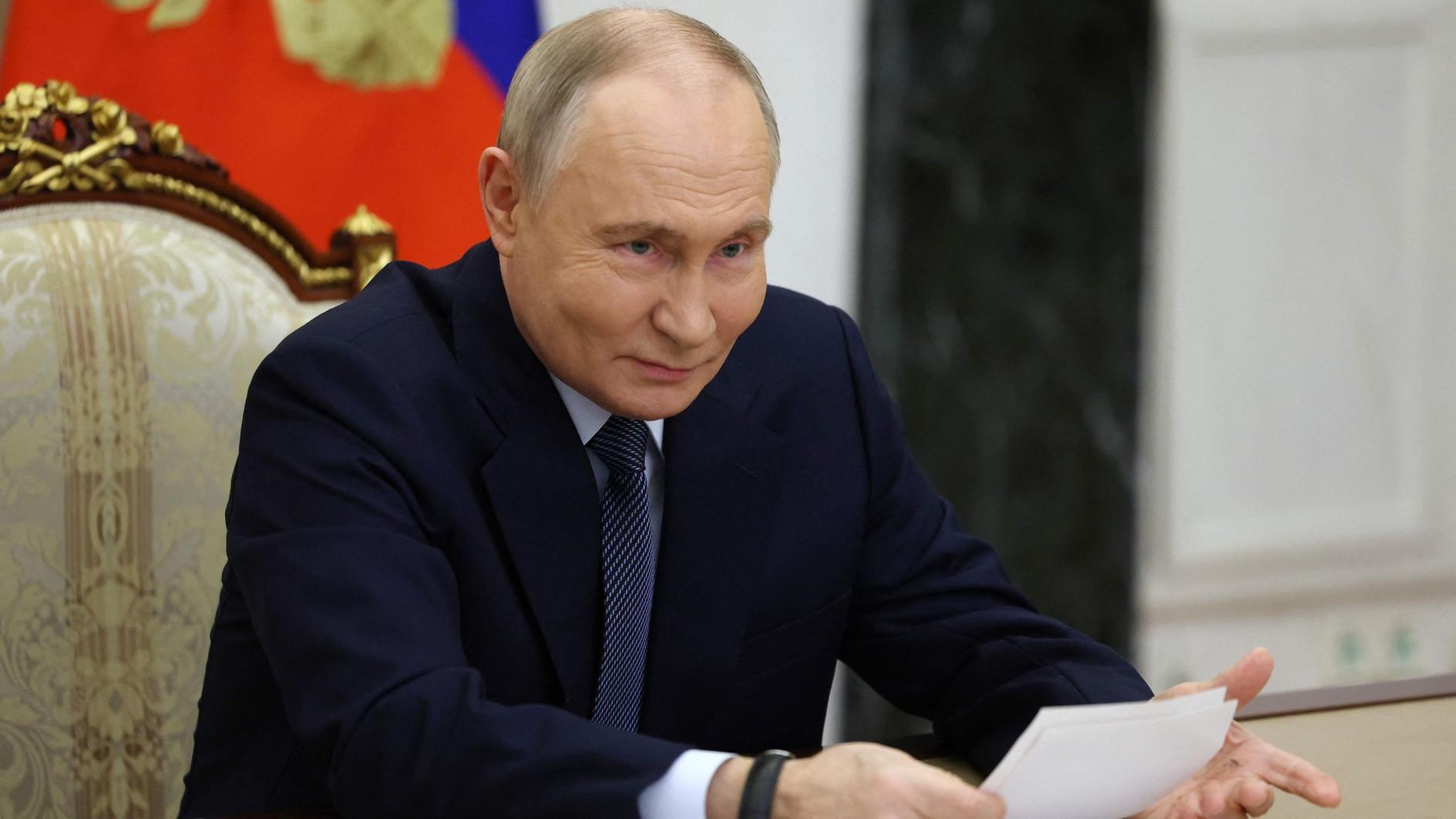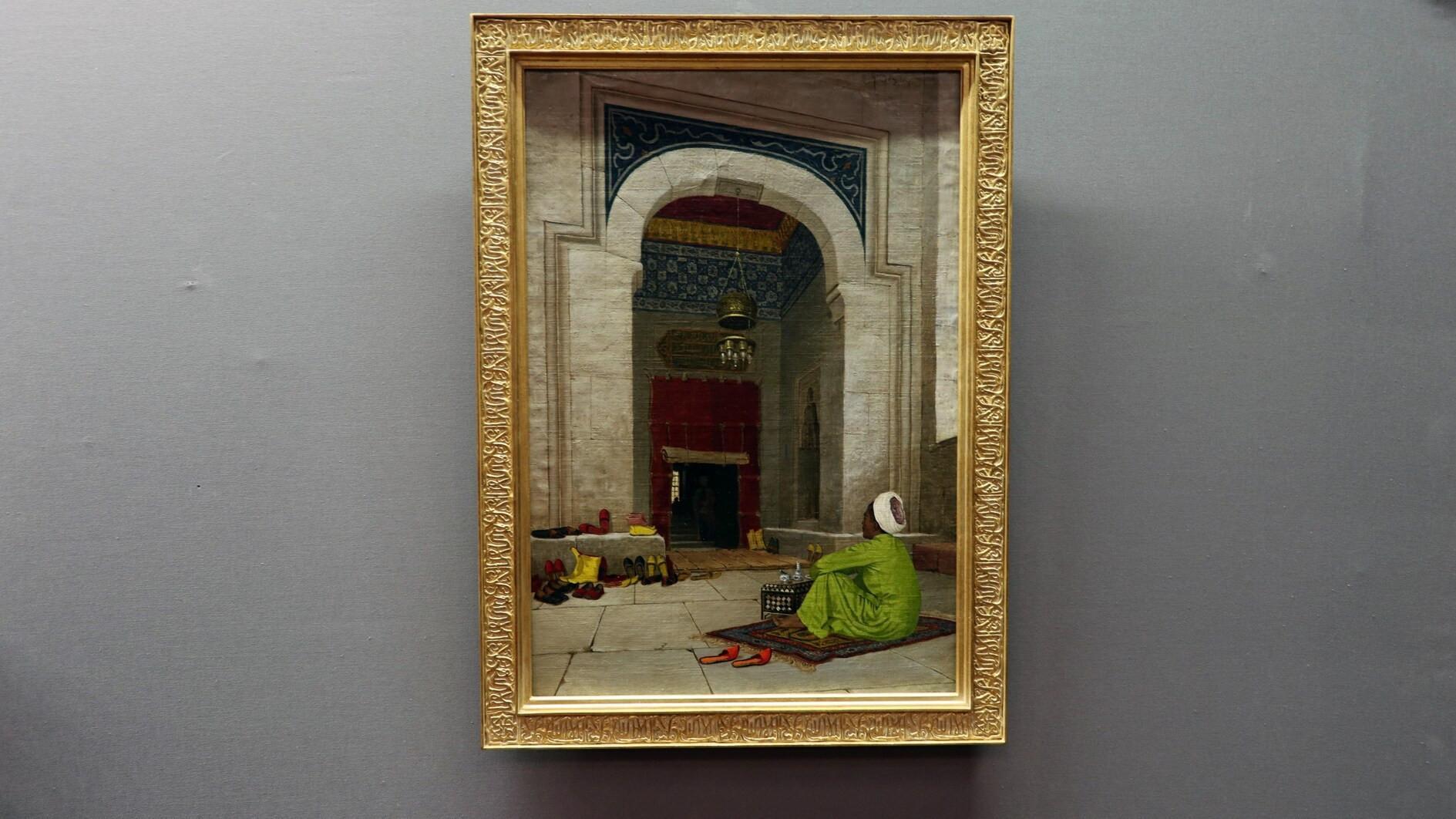Turkey and the race against COVID-19
Professor Önder Ergönül, the chair of the Infectious Diseases and Clinical Microbiology at Koç University’s School of Medicine, was cautiously optimistic when I interviewed him two weeks ago. At the time, alarm bells were not yet ringing in Italy about the coronavirus outbreak.
Ergönül had, however, warned then that Turkey’s diagnostic process was too centralized and that the country’s diagnostic capacity needed to be strengthened. In two weeks’ time, a lot has changed: The outbreak was declared to have turned into a pandemic and Europe has become its epicenter.
And while Turkey has stepped up its measures, the policy on diagnosis remained the same, which might prove the key weakness in the government approach to the COVID-19
challenge.
“I think at the beginning, plans were made according to the optimistic scenarios, especially in view of China’s distance. But Italy and then Europe came as a surprise. Currently we are shifting to the pessimistic scenario,” Professor Ergönül told me on the telephone Sunday night, on March 15.
The number of tests conducted so far is too low, around 5,000 Turkey, said Ergönül, adding this number is around 250,000 in South Korea, a country listed among the good examples on the fight against COVID-19.
“There is a difference between looking and seeing,” he said. While there are 30-40 diagnostic centers used for COVID-19 in countries like Spain and Italy, the government so far has insisted to have all the tests conducted in Ankara. “Professional associations kept asking the government to increase the number of diagnostic centers, to include the university hospitals as well as the private hospitals in the diagnostic capacity,” said Ergönül, adding, “We do not have a realistic picture as to whether we have COVID-19 in Turkey or not. I feel we are just seeing the tip of the iceberg.”
(*After the article went into publication, the Turkish Ministry of Health announced on Monday, March 16, at 21.00 pm, the decision to increase the number of laboratories to 16. Health Minister Fahrettin Koca also announced that test kits will be sent to all cities in Turkey.)
Currently there is an increase in the number of patients in the intensive care units of hospitals in Istanbul due to complaints of infections like viral pneumonia, according to Ergönül. “I believe there is an increase in cases which should make us suspect of COVID-19,” he said, adding the need to increase the tests in order to separate COVID-19 cases, from other infections, since all those which have been in close proximity to COVID-19 have to be tracked down and taken under quarantine to contain the virus from spreading.
So how much are we under the risk?
“This looks like the silence before the storm. But we should not panic. Everybody needs to remain loyal to science. In fact, the measures taken by the Health Ministry are the ones appropriate for pandemic. I just think we have problems with numbers in Turkey,” said Ergönül.
Turkey is lucky to see and observe good examples as well as bad examples. Despite some initial problems, China, South Korea and Singapore stand as good examples in front of us. Drastic measures were introduced in these countries. “There is a cultural difference between the Far East and Europe.
“In the Far East, the response was based on the worst-case scenario, in Europe and especially in Italy, the early response was based on the good-case scenario, which proved to be wrong,” a friend who is familiar with both cultures told me.
Step-by-step approach proves wrong
It seems Italians opted for the step-by-step approach in order to limit the inconveniences that containment strategies could bring to everyday lives. But this approach proved wrong since waiting for each step worked in favor of the virus. Too many people left the regions where the virus was seen in Italy, and at least 3,000-4,000 Turks, for instance, are believed to have left Italy for Turkey before borders were closed and monitoring measures were introduced in Turkey. In addition, at least 10,000 of those who went on pilgrimage to Saudi Arabia have been taken under quarantine. However, thousands of pilgrims are believed to have come to Turkey prior to that decision.
Obviously, the measures to be taken need to be proportionate to the risk. But that depends on the proper risk assessment. So, it appears clear that the government should listen to the call of medical NGOs to increase the number of tests held. In addition, giving advice and saying “please” might not work as we have seen in the case of the Italians, some of whom chose to go south for holidays when they were asked kindly to self-isolate themselves.
Even ISIL has called on potential recruits not to come from risky countries. Increasing tests and being more vigilant toward those with recent travel histories seem key if we want to get ahead of the virus.











